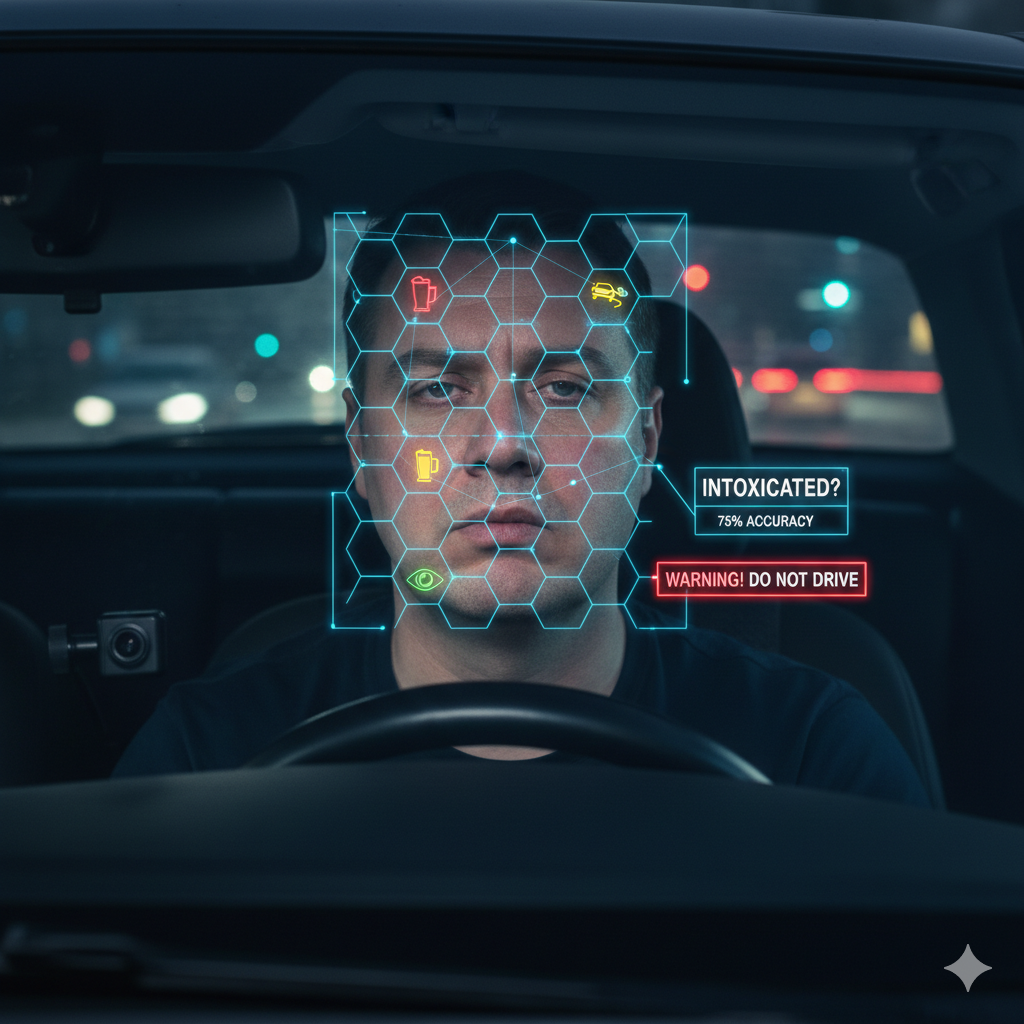Artificial Intelligence That Can Discover Hidden Physical Laws in Data.
Full Story:
A joint research team from Kobe University and Osaka University has successfully developed artificial intelligence technology that uncovers hidden equations of motion directly from observational data, creating models faithful to physics. This innovation could allow scientists to discover equations of motion behind phenomena once thought unexplainable. For instance, physics-based simulations could be applied to study ecosystem sustainability in new ways. The research team includes Associate Professor YAGUCHI Takaharu and PhD student CHEN Yuhan (Kobe University, Graduate School of System Informatics), along with Associate Professor MATSUBARA Takashi (Osaka University, Graduate School of Engineering Science). Their findings were presented at NeurIPS 2021 (Thirty-fifth Conference on Neural Information Processing Systems), one of the world’s leading AI conferences. This work ranked in the top 3% of submissions and was highlighted in the spotlight category.
Main Points:
1.Modeling physical phenomena with AI can deliver high-speed, highly accurate simulations.
2.Traditional AI methods require transformed data that already fits an equation of motion, limiting applications to real-world observational data where such equations are unknown.
3.The researchers developed AI using geometric approaches that can extract hidden equations of motion from raw observational data, regardless of format.
4.In the future, this could uncover physical laws behind phenomena considered incompatible with Newton’s Laws, such as ecosystem dynamics.
5.This breakthrough enables physics-based investigations and simulations, revealing new properties of complex systems.
Ordinarily, physical predictions rely on supercomputer simulations built on mathematical models derived from known laws of physics. However, unreliable models yield unreliable results. With the scope of physics applications expanding—from weather and drug discovery to building analysis and car design—finding reliable models from real data has become essential. While Newton’s Laws have been extended to some areas like modeling ecosystem change, specific equations of motion are still missing in many cases.
Research Methodology:
This study introduced a method to discover novel equations of motion hidden in observational data where Newton’s Laws may apply. Previous research attempted this, but older approaches required data preformatted to match a specific equation type, making them impractical for real-world datasets. The Kobe–Osaka team solved this problem using geometry-based techniques, comparing the transformation of observational data to coordinate transformations in physics. By applying the principle of coordinate transformation invariance, the researchers identified hidden geometric properties in the data. This allowed the AI to extract equations of motion directly, enabling accurate models and physics-faithful simulations.
Further Developments:
Physics simulations are widely used in weather forecasting, pharmaceuticals, construction, and automotive design, but they demand heavy computation. The proposed AI method can build smaller, faster models trained directly on observational data, accelerating simulations without sacrificing adherence to physical laws. Even beyond traditional physics fields, this approach shows promise. If hidden equations of motion can be uncovered in unexpected datasets—such as animal population records—it could enable physics-based simulations of ecosystems. For example, applying principles like the law of conservation of energy could help assess long-term ecosystem sustainability.
Related Topics:
1.Matter & Energy. 2.Engineering and Construction. 3.Energy & Resources. 4.Virtual Environments. 5.Computers & Mathematics. 6.Artificial Intelligence
Source: Kobe University



